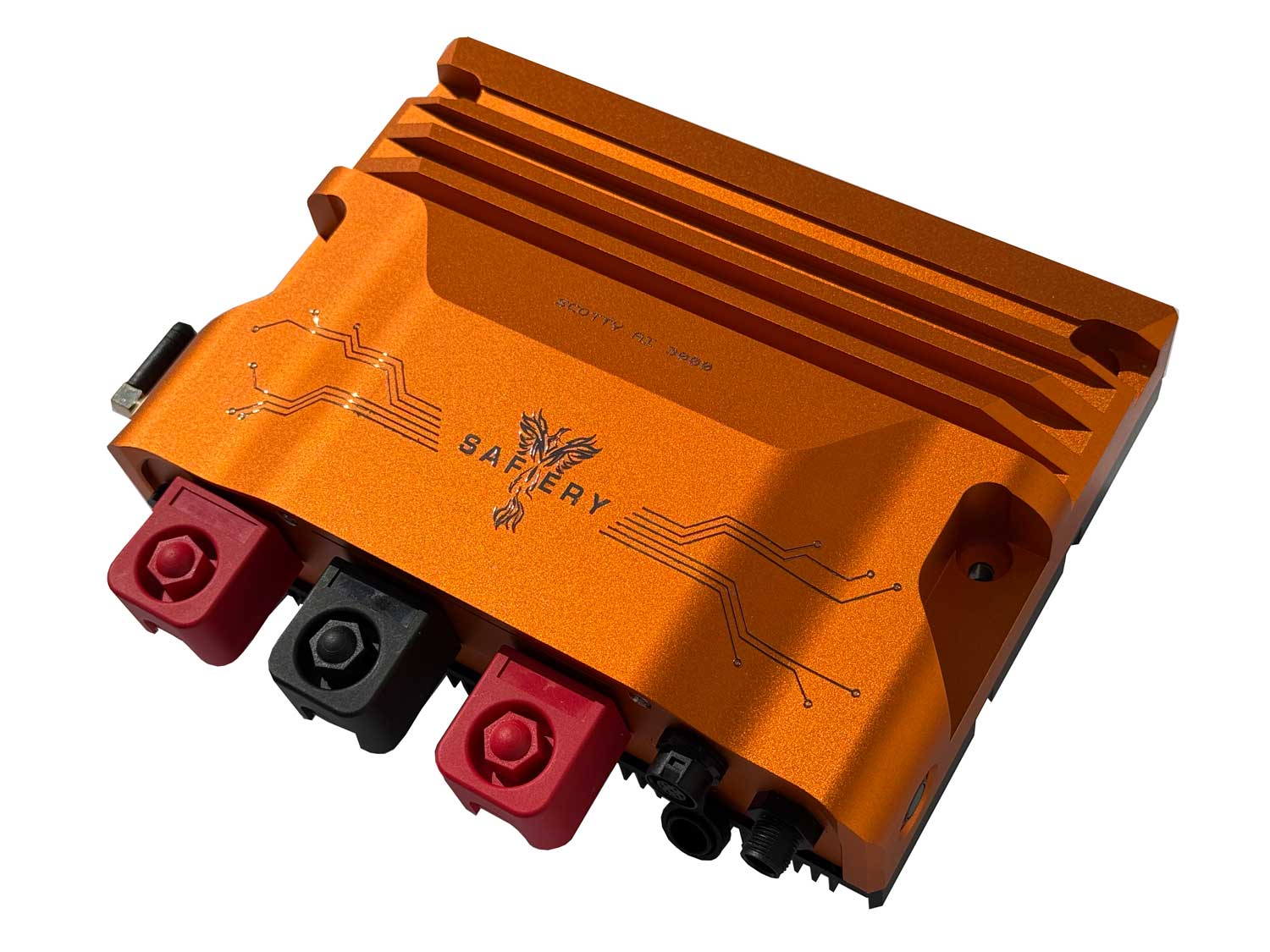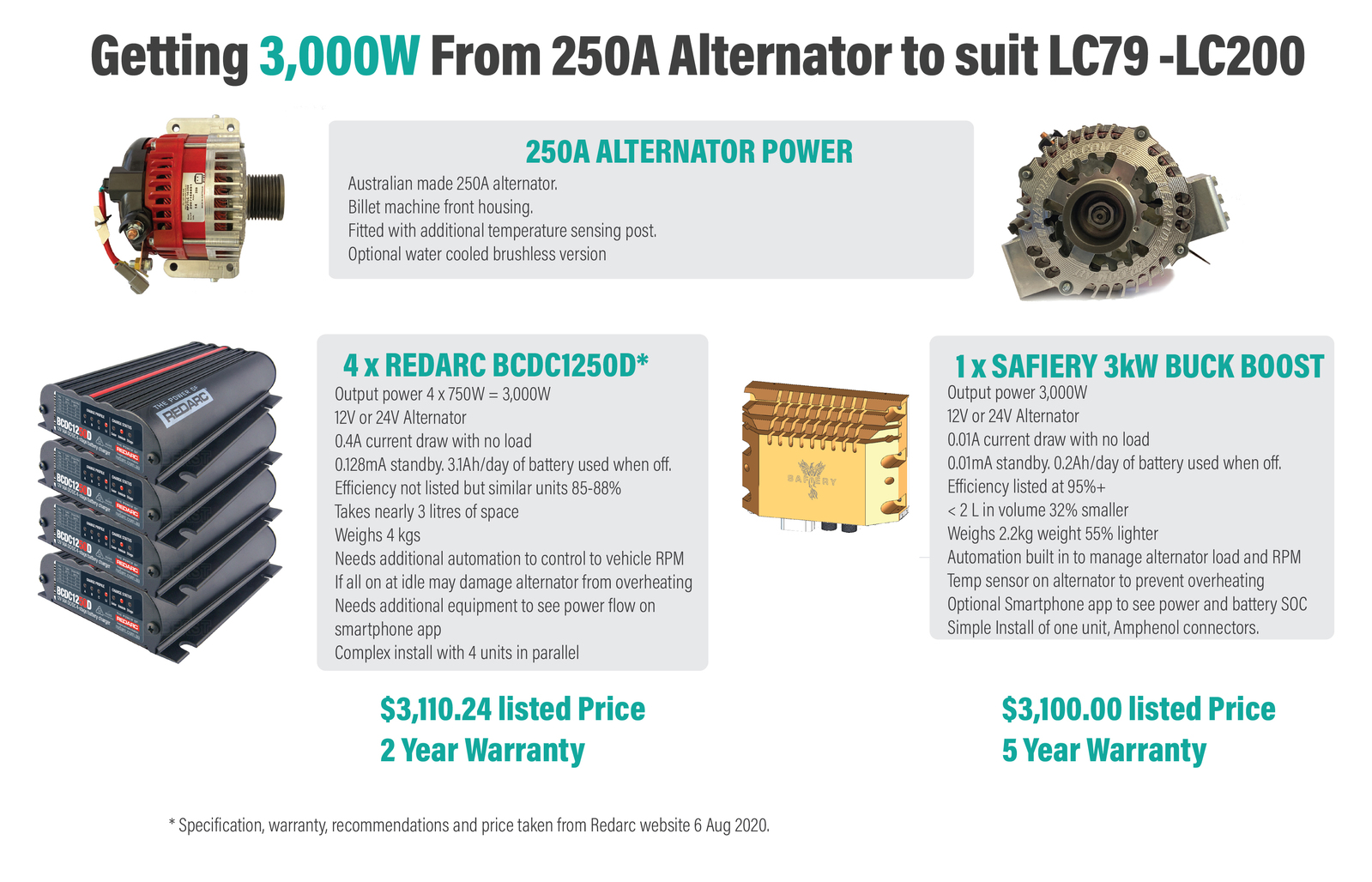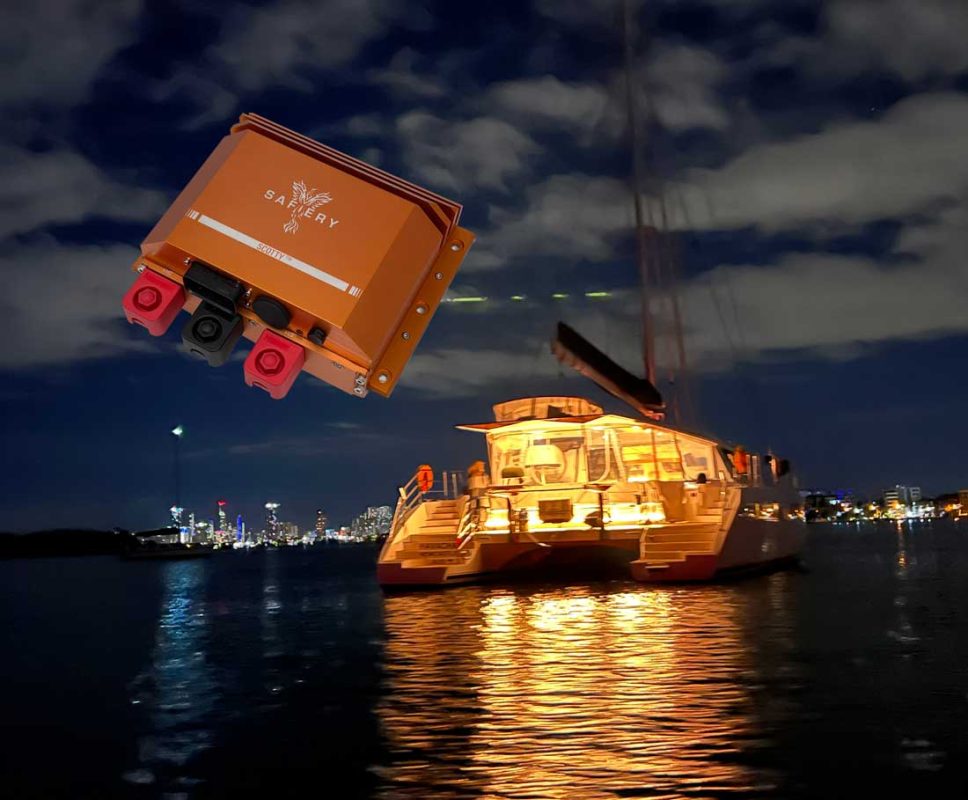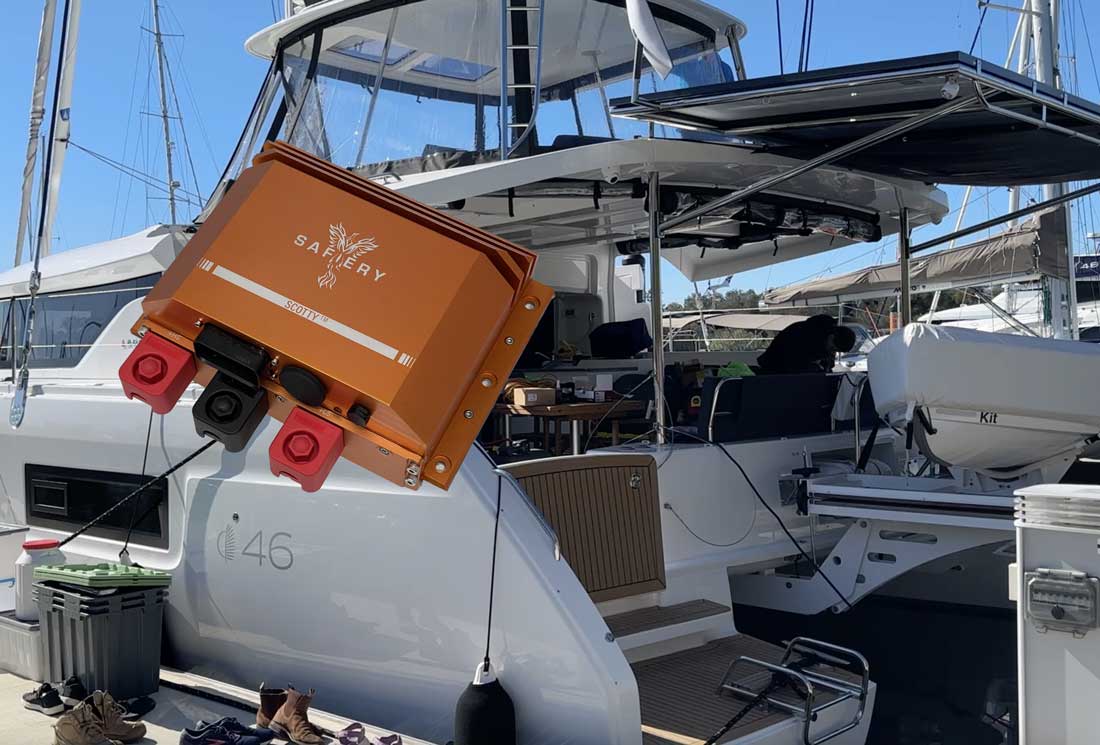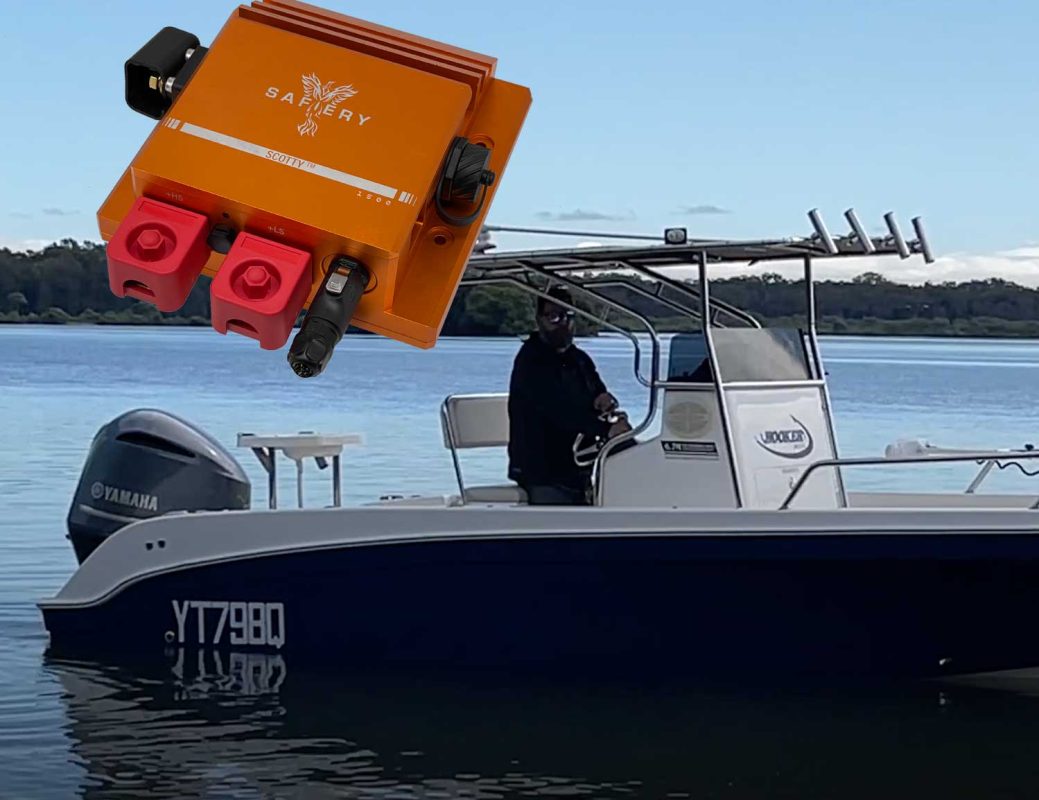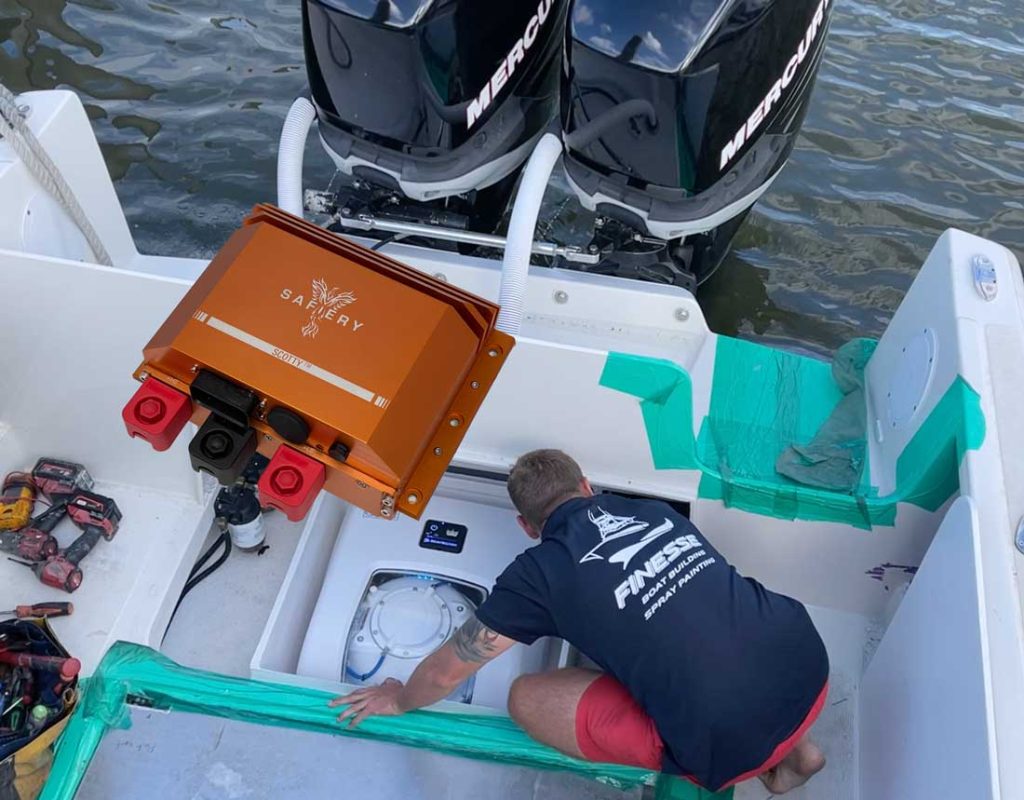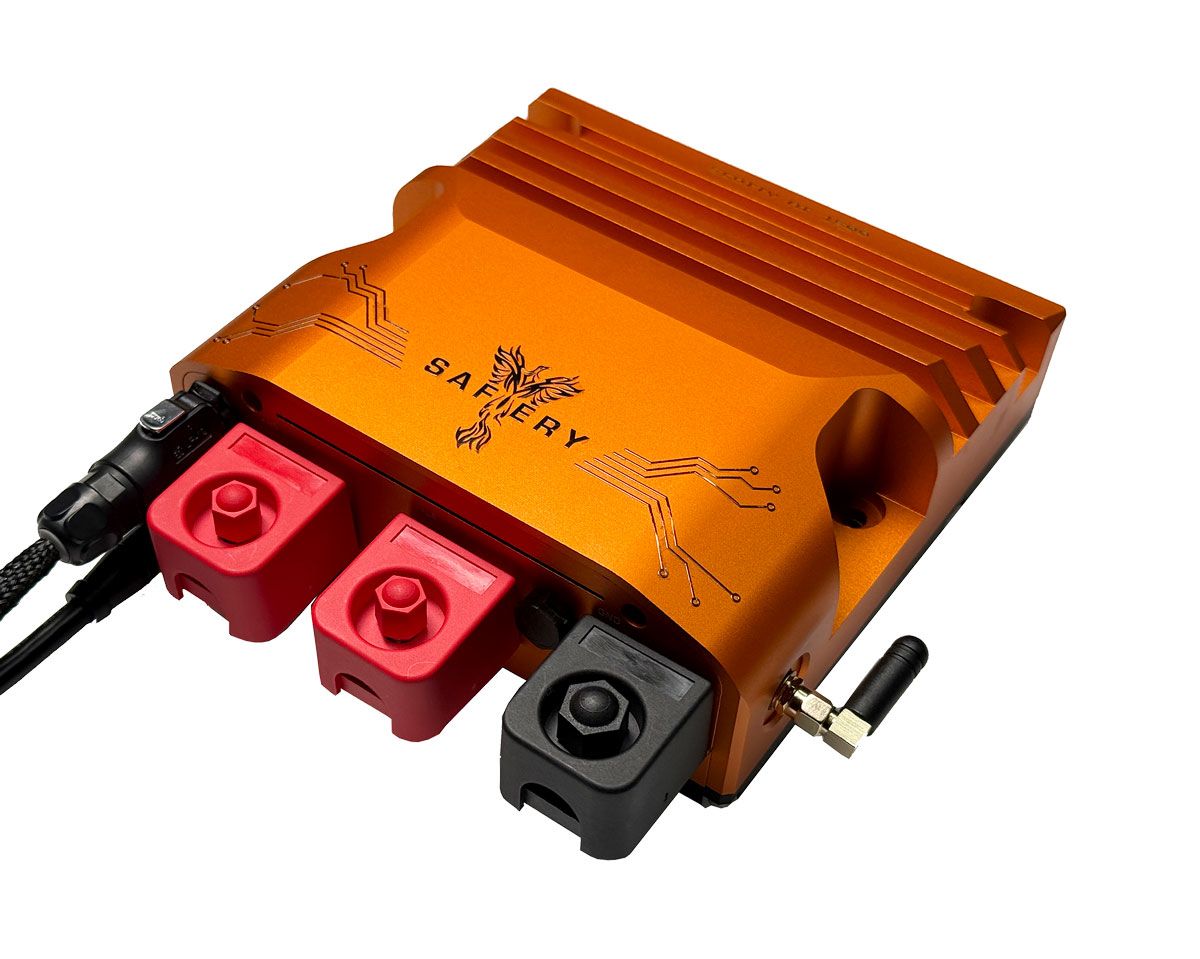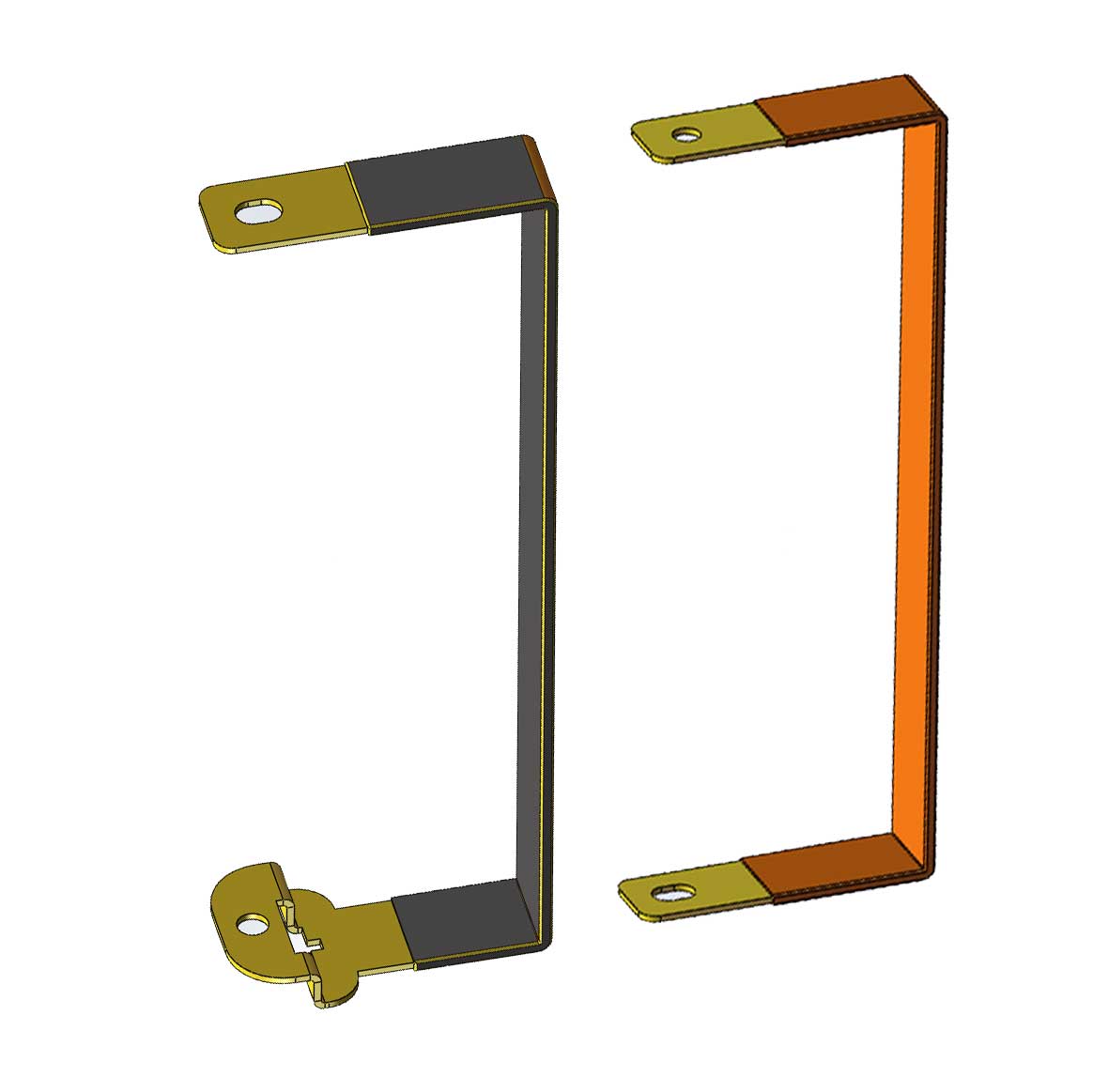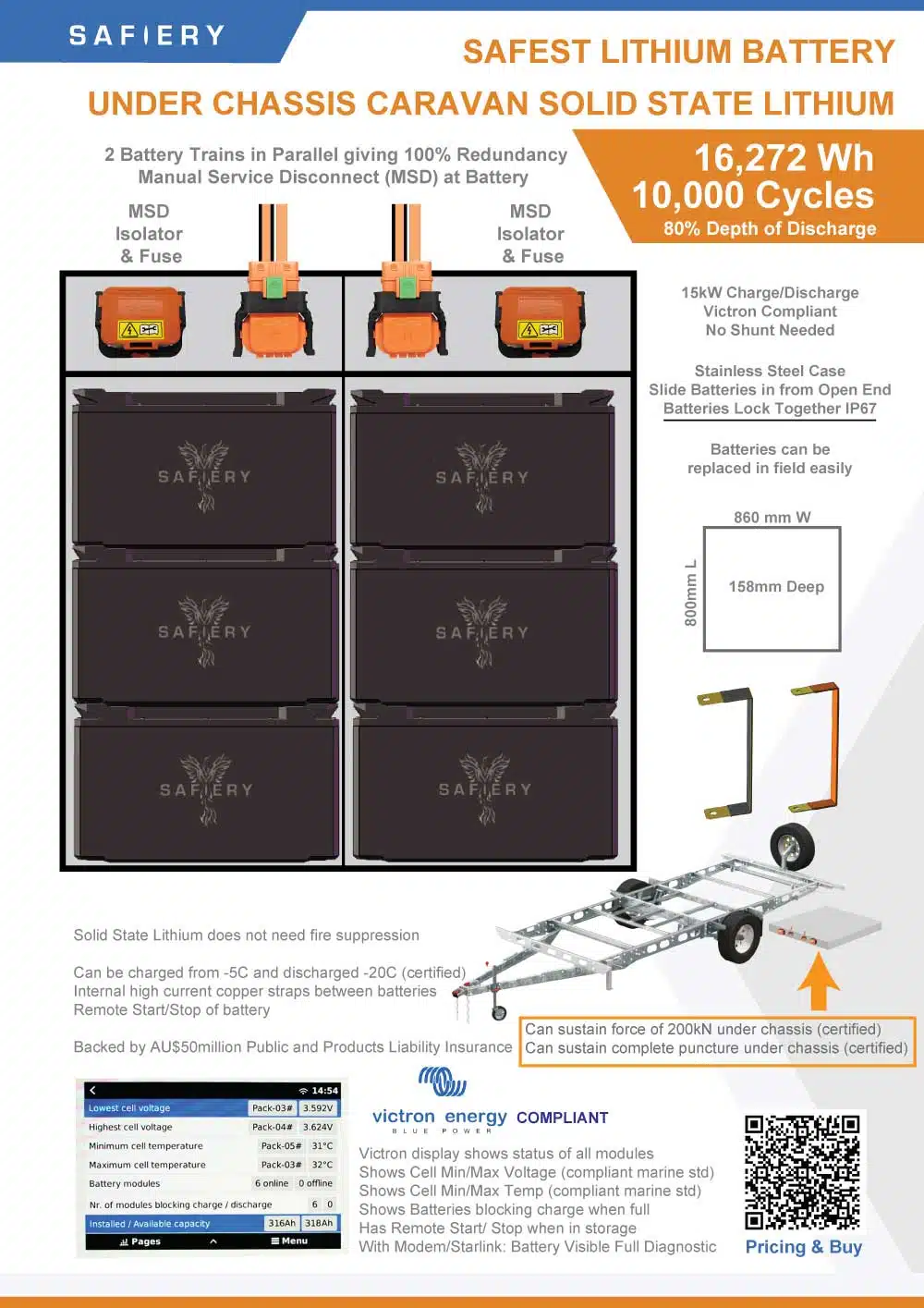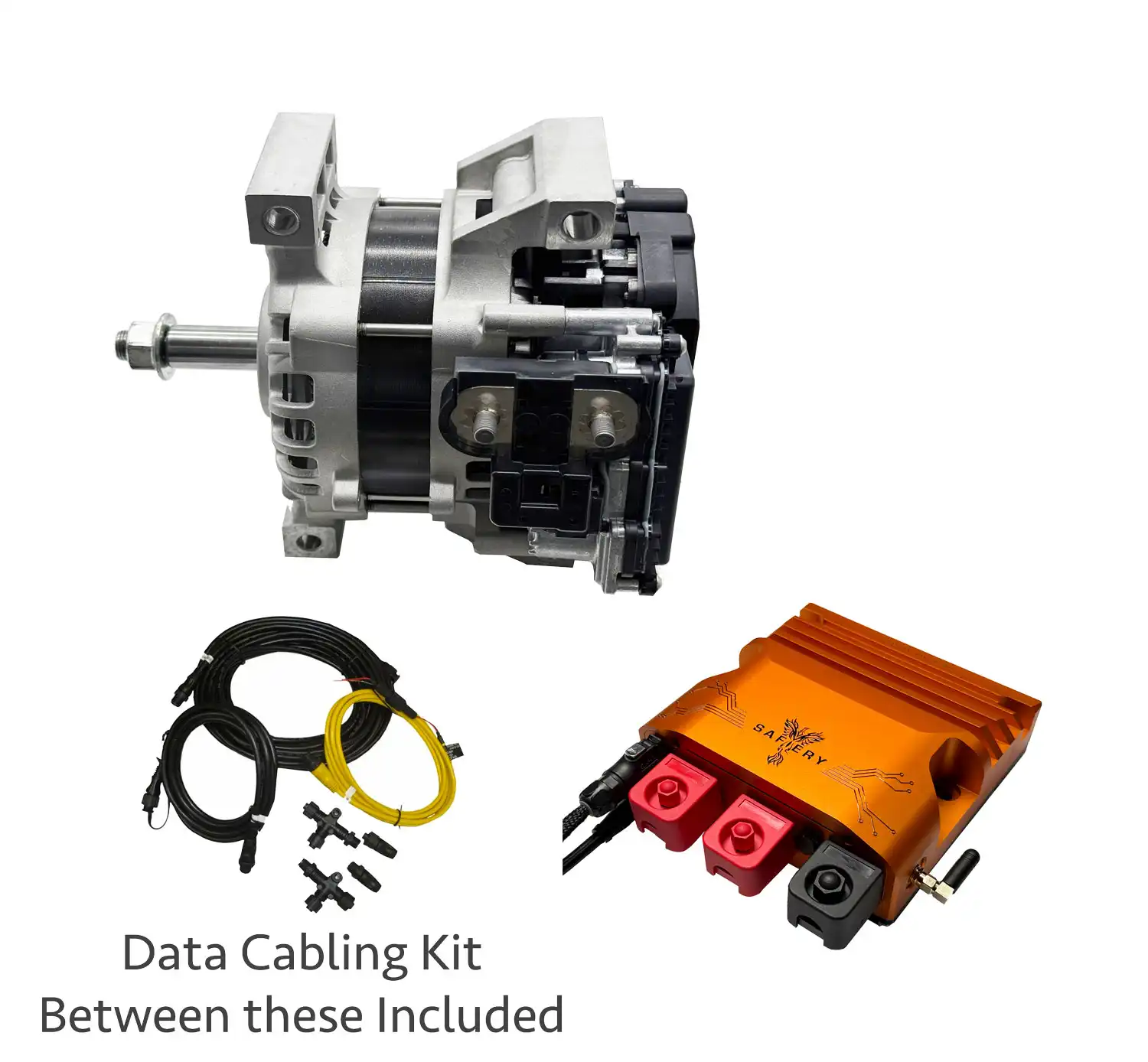SCOTTY AI 3kW V3 24-48V 2 x CAN Ports Bi-directional DC to DC
AUD4,085.37
Note: The price added to the cart is exclusive of GST.
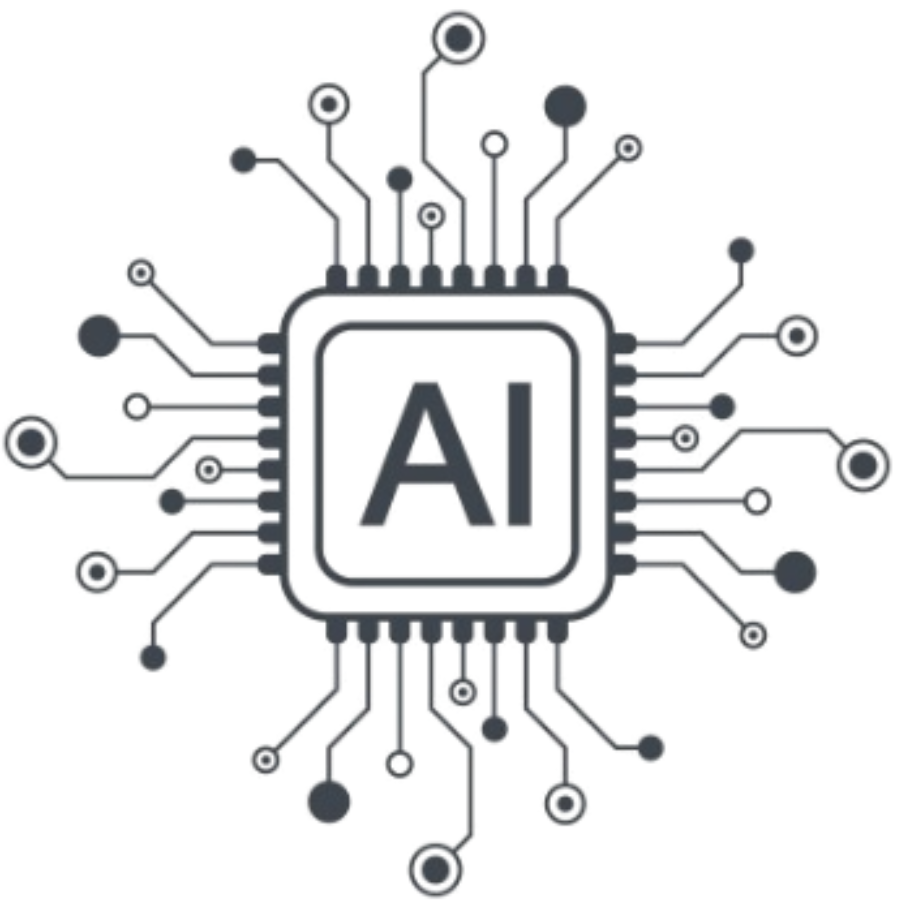
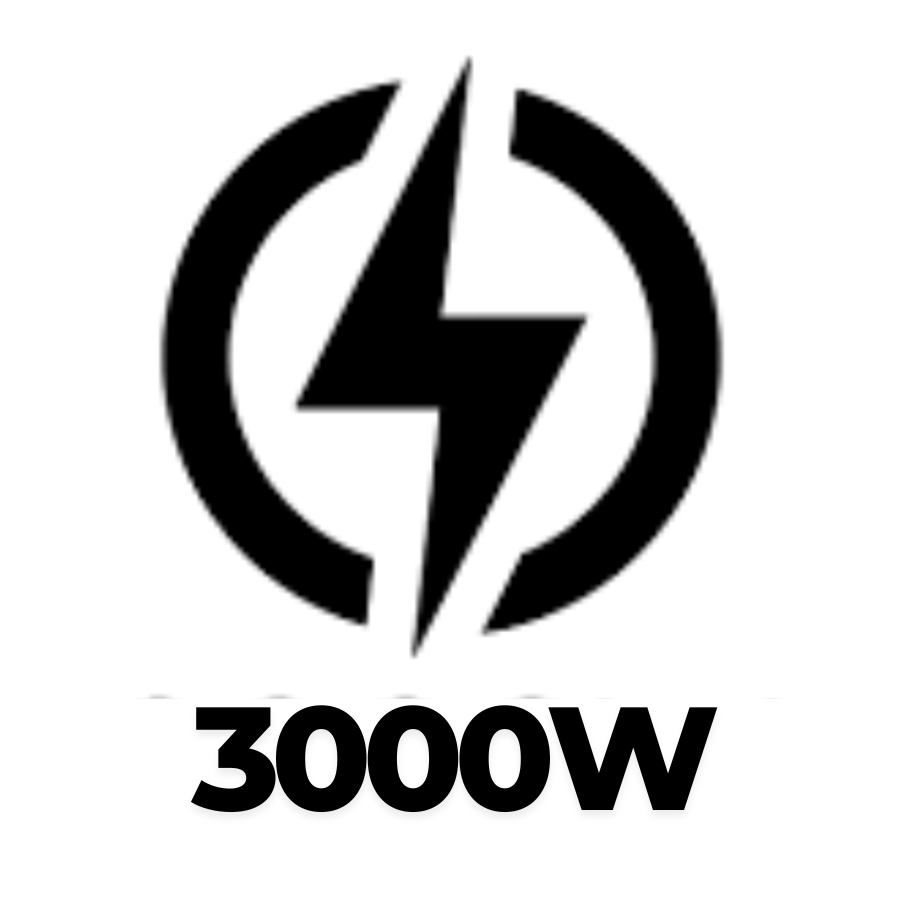
Scotty AI, developed by Safiery, is an advanced bi-directional DC-DC converter designed to optimize power management in vehicles and marine applications. It facilitates efficient charging and discharging between different voltage systems, such as 12V, 24V, 36V, and 48V, enhancing energy utilization and system flexibility. An international patent applies to the AI process.
Key Features:
– Artificial Intelligence (AI) Integration:
Scotty AI employs AI algorithms to automatically tune to the specific power curve of the connected alternator. This auto-tuning process occurs during an initial two-minute setup, allowing Scotty AI to adapt to various alternator types without manual configuration.
– Three Operating set points
When the auto-tuning process is initiated, Scotty AI uses AI to select 3 different voltage setpoints and auto-tunes at each one. These 3 setpoints are called “Soft” “Medium” and “Hard” modes of operation. “Soft” is the highest voltage with less load on the alternator, “Hard” is the lowest voltage setpoint. This is visible when observing the app and running the auto-tuning process. These modes are particularly useful when running at idle as solar back-up charging the high voltage lithium battery. The differences between these settings is unique to the vehicle engine but generally around 15% between the modes at idle.
– Alternator Protection:
Equipped with an accurate temperature sensor attached to the alternator housing, Scotty AI monitors temperature changes in real-time. The AI system analyzes the rate of temperature change alongside current and voltage parameters to detect out-of-range conditions. If such conditions are identified, Scotty AI adjusts its operating mode by shifting automatically from “Hard” to “Medium” to “Soft” thus preventing alternator overheating. The result is extending the alternator’s lifespan.
– Bi-Directional Power Flow:
Scotty AI supports bi-directional power transfer, enabling it to charge a higher voltage battery (e.g., 48V) from a lower voltage source (e.g., 12V alternator) and supply power back to lower voltage loads when needed. This functionality is particularly beneficial for applications requiring multiple voltage levels, such as powering 12V accessories from a 48V battery bank.
– User-Friendly Interface:
The system is compatible with a smartphone app and an optional touch display, allowing users to monitor performance, adjust settings, and perform over-the-air firmware updates. This ensures the system remains up-to-date with the latest features and improvements.
By integrating AI-driven auto-tuning, real-time alternator protection, and versatile bi-directional power capabilities, Scotty AI enhances energy efficiency and reliability in various off-grid and mobile power scenarios.
Pros and Cons of connecting Scotty AI to CAN BMS battery?
- Firstly, the charge rate does not change whether CAN connected or not. It makes zero difference to the maximum charge rate whether on CAN or not.
- Scotty AI will read the Charge Current Limit (CCL) on a Victron compatible CAN BMS and stop charging when this goes to zero.
- It will also go to zero if the maximum voltage is met and stay at zero until the float voltage value is met. Its very simple.
- There is also a stop charge input wire that if connected to Victron Lynx BMS will stop charge when the input is open.
- For some brands of BMS with relay out for stop charge, this input wire can also be inverted.
In Summary, there is no advantage of CAN connection from a single Scotty AI with CAN BMS. However, if two are installed in parallel then they have to have a CAN connection to each other. Connecting to Battery CAN is optional.
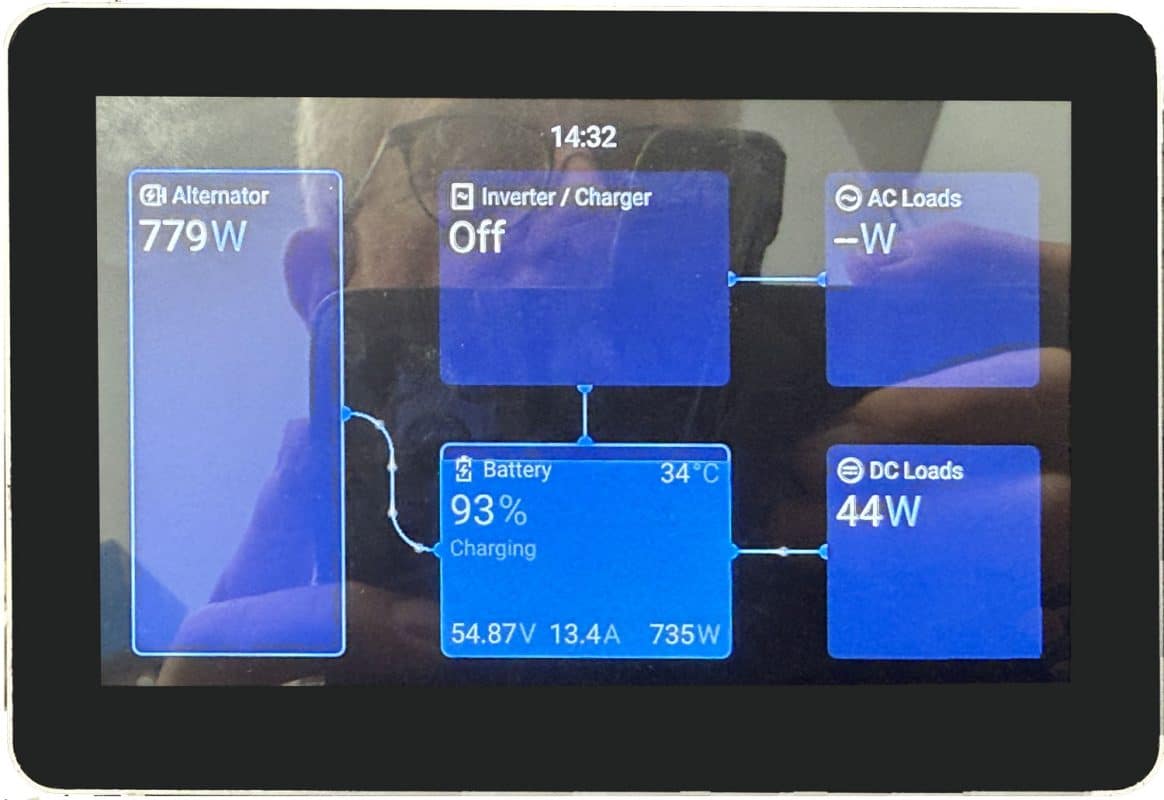
Appears on Victron GUI in "Alternator Power" Space
- When Scotty AI in paced on the VE.CAN bus (which it is 100% compliant with), the power it generates will appear in Victron’s Cergo touch Display as a power generating device.
- When the bidirection feature is activated after the enging is turned off, the power it takes from the 48V battery appears correctly as DC Loads.
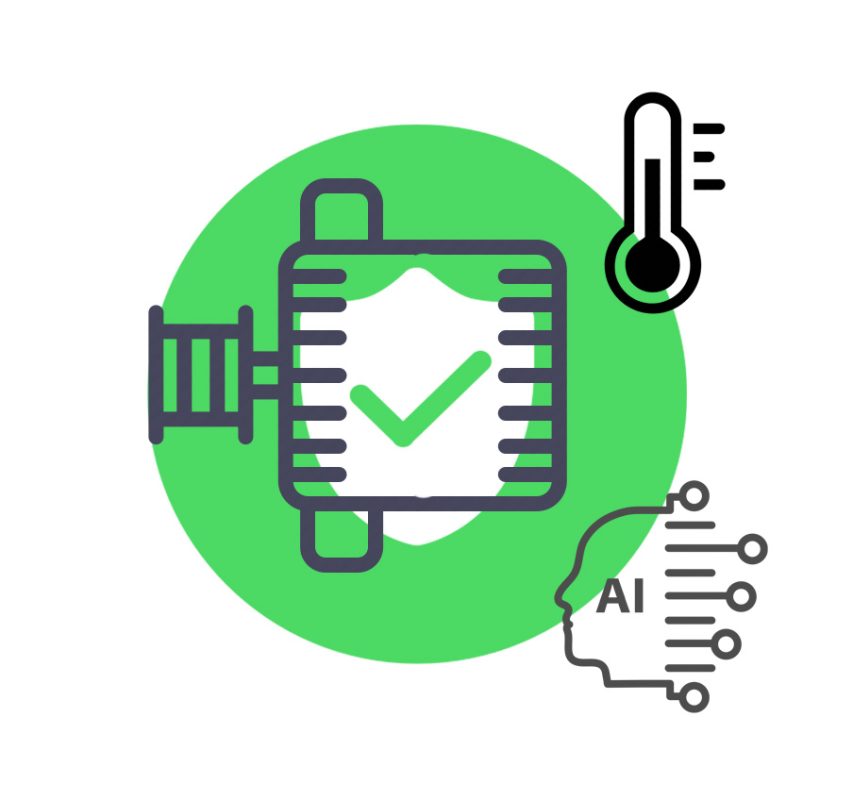
Protects your Alternator
- Scotty AI DC DC uses the internal regulator of an alternator. Factory Supplied.
- Scotty AI DC DC does NOT modify or add to the alternator in any way.
- Scotty AI DC DC has an accurate temperature sensor that is placed on the alternator housing.
- When Scotty AI is running, the machine learning logs the alternator temperature operating range.
- AI monitors rate of change of temperature with current, time and voltage to identify out of range conditions.
- When out of range occurs, Scotty AI sets the mode back a level: Hard to Medium, Medium to Soft and Soft to Off.
Auto-tunes Alternator No Programming Required
- Scotty AI DC DC does not need to know alternator or engine speed.
- The patented SCOTTY AI program maps the voltage and current with current rate of change to determine the optimal operating curve.
- The result is plug-n-play that your son or daughter can auto-tune from the Smartphone App.
Auto-tunes to Load Changes
- When an alternator gets hot, its efficiency and output level changes. External Alternator regulators find this hard to control.
- Scotty AI DC DC auto-tunes to the changing load and changing efficiency of the alternator.

Maximum Power At Idle Solar Backup
- When the solar yield is poor and you need maximum DC DC power at Idle, just dial up “HARD” on the optional Touch Display or the Smartphone App.
- Your alternator is protected by AI. Should the temperature goes out of bounds then the setting will be automatically adjust back to medium.
- You just sit back and relax.
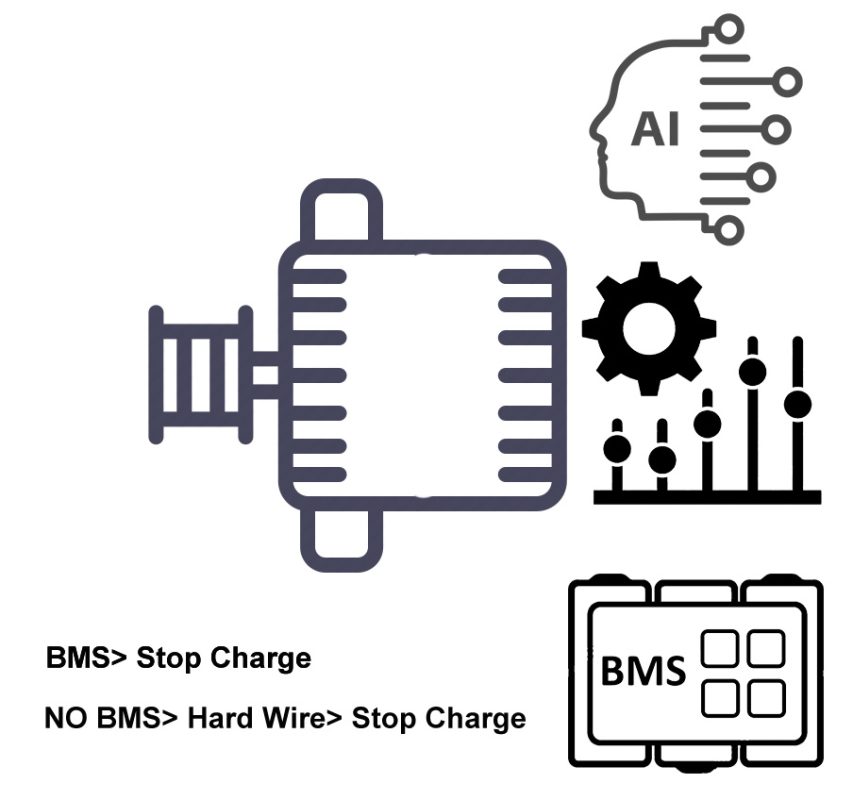
Scotty AI is on VE.CAN Charges to CAN BMS
- Scotty AI runs on the 250 baud VE.CAN port together with compatible lithium batteries.
- It charges to the Charge Current Limit Set by the BMS
- If no BMS, then it charges to Max Voltage set on Smartphone App and storps charge either when voltage is reached or the “Stop Charge” wire nput is activated or deactivated.
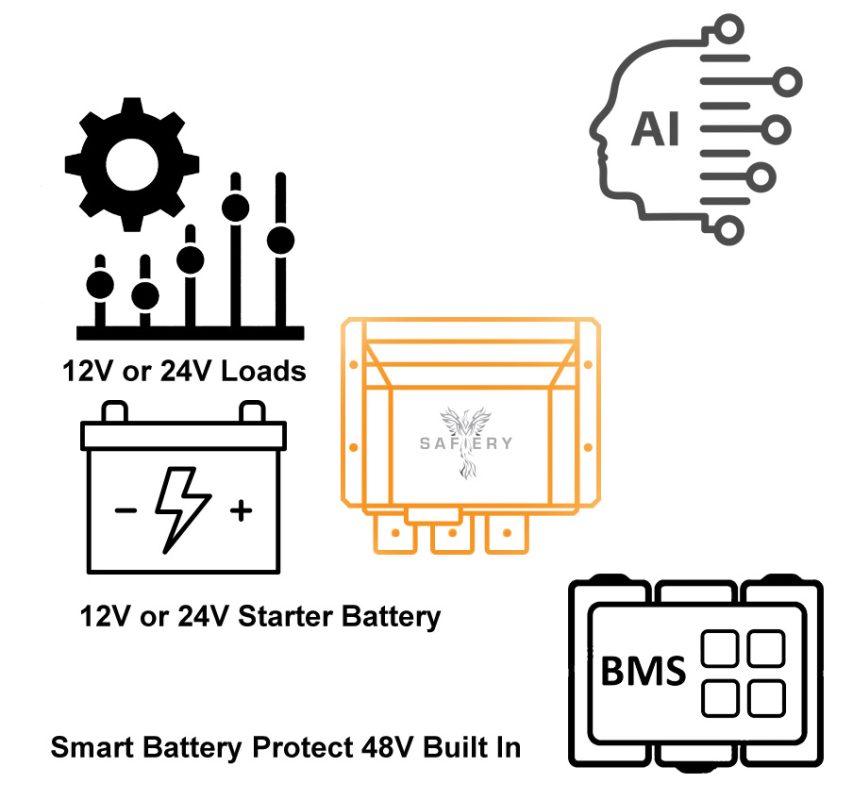
Scotty AI is Bi-directional Switches to supply 12V or 24V Loads
- Scotty AI will switch to supply 12V or 24V loads in 25ms.
- If there is a big winch or other 12V or 24V load, it will also switch even when the alternator is running. Simply turn “off” on the Smartphone App or Optional Touch Display. The full additional power is delivered to the starter battery in addition to the alternator power,
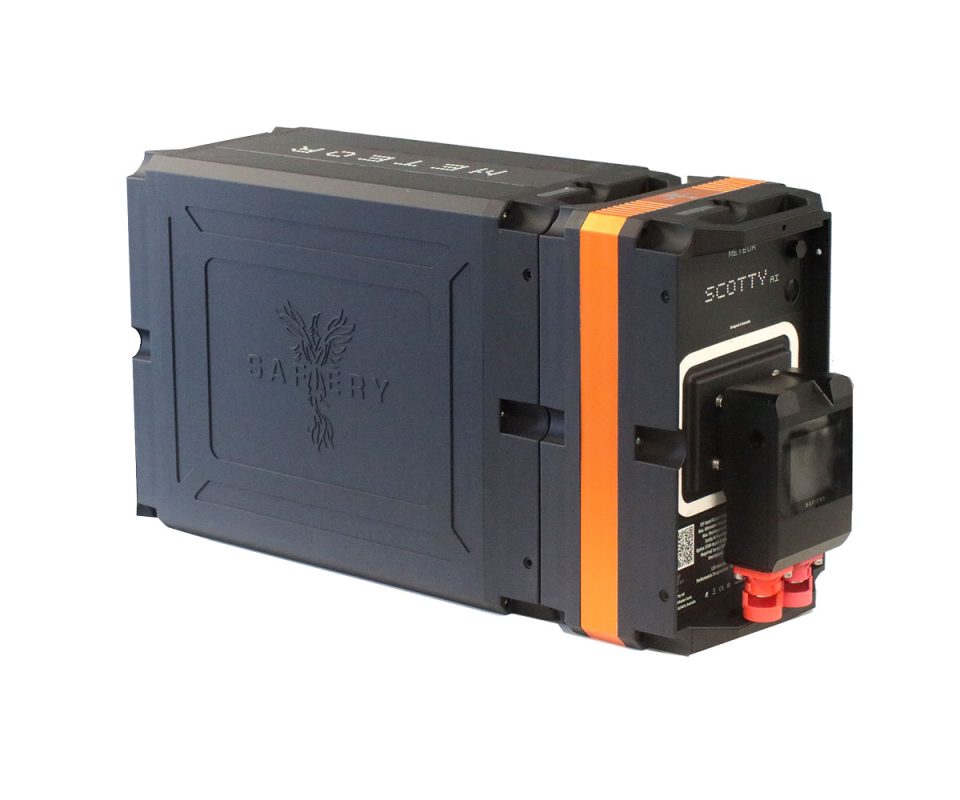
Scotty AI Meteor is Bi-Plug-n-play 12V - 24V or 36V or 48V Meteor Lithium
- Scotty Meteor AI will Plugs to front of Meteor train
- The CAN connection, Voltage and power bus connection are all internal.
- The Positive Plug that attaches to front of Scotty AI meteor has two Megafuses. One at 12V and the other at the Meteor Battery Power Supply.
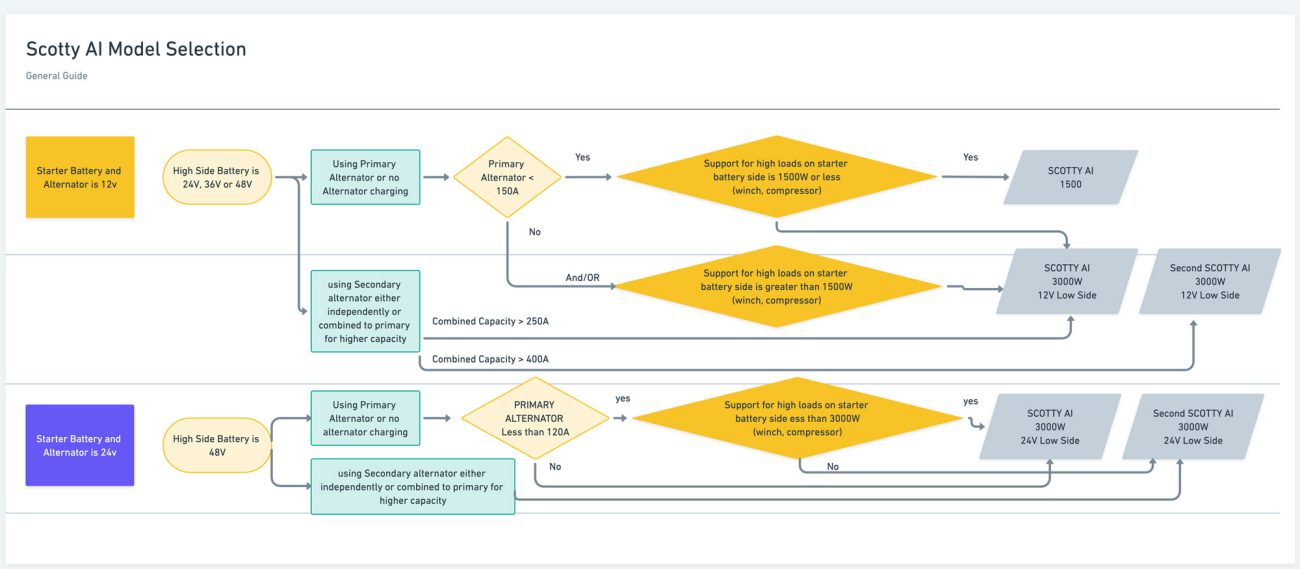
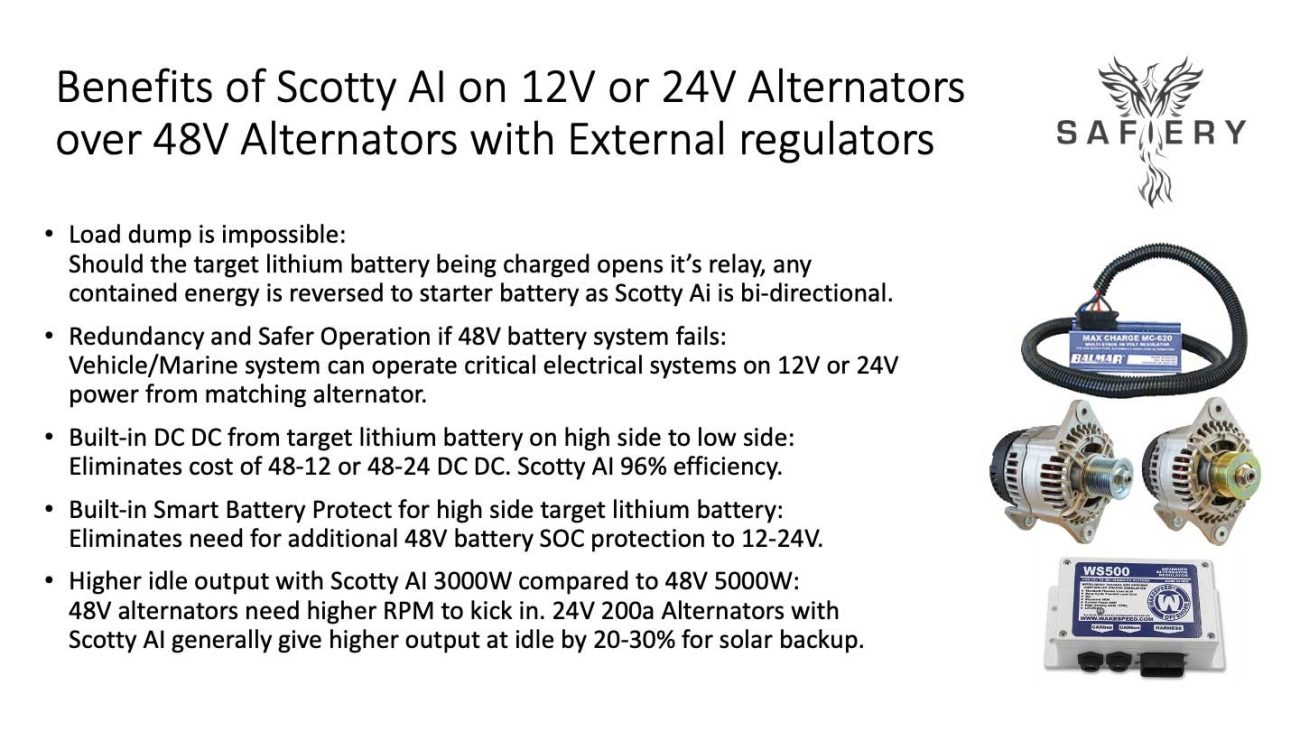
SCOTTY AI for SILENT NIGHTS
Privilege 51.5 owners wanted Silent Nights on the water. They also wanted to run “Zero Genset” and installed 3.2kW solar. The 12V DC loads are around 600W+ without winches/windless. A 48V 20kWh Lithium bank was installed as an energy overlay.
As a backup to solar two Scotty AI’s provide both a high replenishment capability and redundancy. When Scotty’s are off, the 12V alternators will continue to charge the existing 12V house battery.
With significant 12V loads, the available power to Scotty AI varies widely. Scotty AI’s patent pending auto-tuning maximizes the charging power prioritizing the 12V loads.
Should one alternator fail for some reason, the Scotty AI associated ceases operation automatically and the floating master role switches if required
The Smart Touch Display allows the skipper to set the alternator engine load to Soft, Medium or Hard depending whether motor sailing or solar back up power without running the Genset.
Read More…
SCOTTY AI in NEW CATAMARAN
For new-built catamarans in the 36-46ft size, the factory fitted 12V lithium house battery bank stays as installed and Scotty AI and a large capacity additional house bank at either 24V or 48V is an overlay energy system.
When running the engines, Scotty AI is auto-tuned with the “lithium house” enabled. The patent-pending auto-tuning is done on either engine independently. Scotty AI is then ready to run.
With either or both engines running, Scotty Ai waits till the house battery is significantly charged at 90%+ before cutting in and extracting power up to 3000W per engine. (the factory fitted engines on popular brands have 120A capacity at 14.4V and the 1500W Scotty AI model is a perfect fit)
When the engines are off, Scotty AI delivers DC power back to the factory fitted 12V house bank to keep it always in the circa 90% band.
Read More…
SCOTTY AI with 36V in FISHING BOATS
Fishing boats with GPS-guided propulsion/autopilot packages and/or virtual anchor systems using high torque 36V motors have two options that significantly simplify a single house battery bank design:
- Scotty AI can simply provide the 24V or 36V load (generally up to 1500W is sufficient) on demand without the need for a 36V house battery. This can be from a single 12v house battery design.
- Scotty AI can simply charge a 24v or 36V Auxiliary battery and use the bi-directional feature to supply the 12V loads without the need for a 12V house battery.
- High loads, including up to a 3000W inverter can be used on the 12V side pulling power through Scotty AI from the 36V Auxiliary battery.
- The result is a simplified single auxiliary battery system.
SCOTTY AI in FISHING BOATS & GYRO
For outboard engines, the features above allow the engine to idle with little or no net output, then ramp up the power to a full 3000W at cruising RPM (provided the outboards have alternator capacity). This unique and innovative product allows fishing boats to run gyro’s and other high demanding loads with a battery bank being charged at the same time the gyro is running.
- The vessel can leave the dock immediately if the gyro application is for a “restful night” at anchor later in the day.
- Scotty AI allows the gyro power demand to have priority at any engine RPM
- Once the gyro demand has reduced after spin up, Scotty AI will extract power for the auxiliary battery if required.
- Once at anchor, Scotty AI will direct power from the auxiliary battery bank back to the gyro as it is fully bi-directional DC DC.
- Scotty AI can direct up to 3,000W to the gyro and any other 12V (or 24V) loads.
Read More…
SCOTTY AI in LARGER YACHTS
Scotty AI provides both a high replenishment capability with redundancy with 24V alternators at 150A each. Up to two of these per engine have been fitted giving 16kw capacity. Two Scotty AI’s per engine can charge at 12kW.
An 48V Lithium bank is installed as an energy overlay. The existing 24V AGM house bank is preserved.
Scotty AI is auto-tuned per alternator. When all Scotty AI units are activated a patent pending ‘floating master” is established between.
Should one alternator fail for some reason, the Scotty AI associated ceases operation automatically and the floating master role switches if required
If the Scotty AI’s are charging the 48V auxiliary battery and this operation is stopped, the vessel can continue to run on the 24V AGM house bank.
Installed systems include a 100kWh 48V house bank being replenished from 12kW Scotty AI array which is sufficient to run the saloon and helm aircon loads and electronics power while motoring NO Genset. “Silent Nights”
lorem ipsum
Lorem ipsum dolor sit amet, consectetur adipiscing elit. Ut elit tellus, luctus nec ullamcorper mattis, pulvinar dapibus leo. Lorem ipsum dolor sit amet, consectetur adipiscing elit. Ut elit tellus, luctus nec ullamcorper mattis, pulvinar dapibus leo.
lorem ipsum
Lorem ipsum dolor sit amet, consectetur adipiscing elit. Ut elit tellus, luctus nec ullamcorper mattis, pulvinar dapibus leo. Lorem ipsum dolor sit amet, consectetur adipiscing elit. Ut elit tellus, luctus nec ullamcorper mattis, pulvinar dapibus leo.
lorem ipsum
Lorem ipsum dolor sit amet, consectetur adipiscing elit. Ut elit tellus, luctus nec ullamcorper mattis, pulvinar dapibus leo. Lorem ipsum dolor sit amet, consectetur adipiscing elit. Ut elit tellus, luctus nec ullamcorper mattis, pulvinar dapibus leo.




